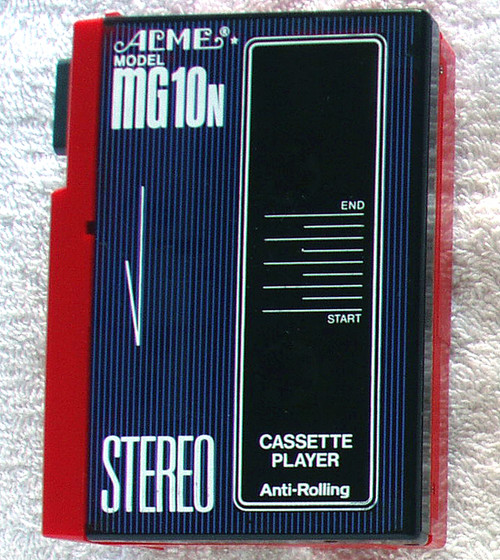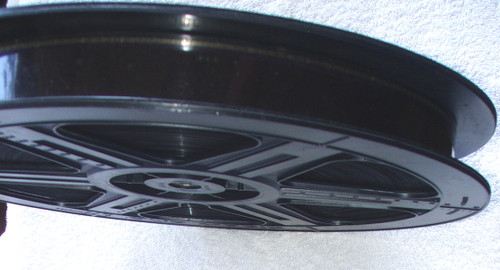ARTWORK HISTORY & PERSONAL RAMBLINGS:
Another of our Australian artworks is seeking a new home to love and cherish it!
No need for me to ramble on about Norman Lindsay, a classic bohemian artist (who also did so much more, such as children's stories) and his works of the 1920's ~ 1930's period would have been considered as pretty "risque" for the day. Often his artwork featured the female form, unclothed but not distastefully presented and not your "miss perfect" women by any means, just "everyday" females - in fact one of his models that he portrayed in his works was his wife.
But it is not just about the artwork subject (for me anyway) but the story being told by the art, the expressions and emotions being projected by the subjects. For example, the female in Sea Magic has always so much reminded me of my ex wife - a very scary looking lady when upset!
If you have been living in a cave and never heard or looked into the works of Norman Lindsay, I encourage you to take the plunge and discover what his world was all about or even better still, go up to his house/studios in the Blue Mountains and take a look around. It is a beautiful setting, lovely architecture and artworks inside to "die for" (if only we won the lottery!)
Go HERE to see what the Norman Lindsay Gallery and Museum are all about
We managed to collect a number of "Lindsays" over the years, not originals of course (our pockets are not THAT deep) but the limited release etchings adorn our children's walls now. This particular artwork was bought by us right back in our "artwork" beginnings in the 1970's - it provides a "taste" of two Lindsay etchings in a nice frame suited to his art but didn't break the bank (well almost anyway!)
Our children would rather keep the "nice" limited editions and we have other artworks we wish to hang so this "duo" of Lindsay works must find a new home.
This is no "ordinary" print, but make no mistake it is a print. Full details (including inside photographs!) is further down in this description.
NORMAN LINDSAY - "Sea Magic" & "Beauty's Fortune"
Media: Wet print (facsimile)
Wet print is a technique not often used in contemporary printing, where the ink is very slightly absorbed into the art paper. This means that some detail is absorbed into the art paper during the print process, losing some finer details but it has a "softer" visual effect and you can see this in the work "Beauty's Fortune" - described in more detail below under COSMETIC CONDITION. On the other hand, the dry printing process provides sharper, clearer images and for this reason is most often used in contemporary printing.
NOT "Limited editions", there is no xxx/500 or in fact any other identification marks or print at all on either artwork (no credits to the artist, artwork title or the printer who created the print)
The art paper is "water marked" and details of this can also be seen in the COSMETIC CONDITION section below
Circa (these prints) 1970's
The original etchings were created by Norman Lindsay in 1920 and 1932. In 1920, "Beauty's Fortune" was exhibited in Melbourne and offered for 15 Guineas. One guinea was 21 shillings, a shilling could be thought of as our current 10 cent piece. So imagine that, you could buy an original Lindsay for the paltry sum of $31.50 in "1920's money", if only you could buy an original for that price now!
Behind glass
Ornate frame, gold/bronze finish with corner scroll work, very befitting to display a couple of "Norman Lindsay's"
MEASUREMENTS:
Frame: 560mm wide x 460mm high
Artwork (each): 174mm wide x 200mm high
HANGING WEIGHT: 2Kg
COSMETIC CONDITION:
Now here you may be startled! Because the framing tape had all but disappeared, I decided to examine the artwork INSIDE in forensic detail!
Four separate components, these being:
The glass front protection
The border board (marked as BAINBRIDGE 4771 145061) I believe this is the company Nielsen Bainbridge (USA) which has been in the art framing business since 1867 although I must say, I have my suspicions about this border board because the identification numbers are digitally printed but although we have had this for a long time, I have never looked "inside" before and I don't recall having the border board changed.
Artwork, taped in place onto a plain white sheet of art paper (unmarked)
Backing board, this is the "rear" of the artwork frame and is a plain vanilla heavy duty cardboard
FOCUS ON THE ARTWORK PRINTS
I can see that the print process was actually colour NOT monochrome. At the very edges of the image there is very slight colour separation showing. The artwork has a very light yellow/greenish tinge to the images. This was not a simple monochrome print where you would have white, black and greys in between.
Each artwork print has NOT been scissor or machine cut, a fine "jagged" edge all around.
Art paper stock has a matt finish, not semi or full gloss
The art paper stock is interesting, when held to the light (so that light is passing through the paper) you can clearly see a watermark that is buried in the paper. I have taken a couple of photographs to show these watermarks. I do NOT know who used that watermark.
Just to make it clear, when no light is passing through the paper (normal use) you cannot see any sign of a watermark and in fact today was the first time we came to be aware of these watermarks - intriguing! The watermarking is NOT a stamp or embossing but actually "buried" within the art paper.
NO mildew "spotting", discolouration or other contamination to the artwork - very clean
I mentioned above that this is a "wet print", both images have a "softness" and there are some areas where the greys lose their detail, for example when I compared "Beauty's Fortune" with the original etching (online of course) I can see that this print has less "detail" than the original, looking in particular in the lower left area of the artwork.
Frame is completely wooden, metallic gold/bronze finish and is undamaged (even the corner pieces) and unscratched/unmarked.
Now that I have had a really good look inside the frame, I have reassembled the artwork and applied new artist's framing tape to all sides. Each artwork is identified on the rear of the frame, along with the year of original creation by Norman Lindsay.
There are two support rings for the hanging cord but I am not supplying the cord as the new owners may wish to use something else e.g originally we had a wire hanging cord but it wasn't in great shape so that has been thrown away.
Our lovely "poor man's" Norman Lindsay artwork is now eagerly waiting for it's new home and no matter where you live in Australia, this artwork will be sent at NO SHIPPING COST AT ALL






















